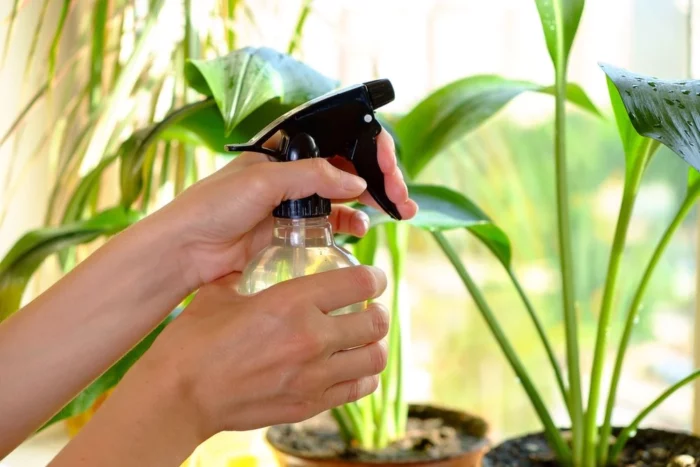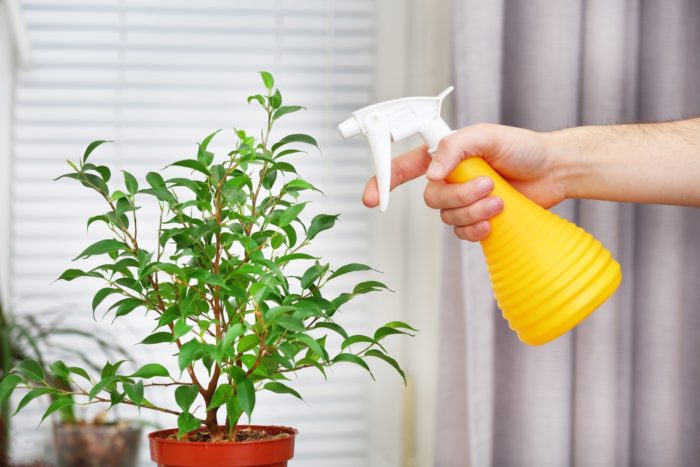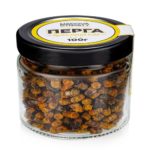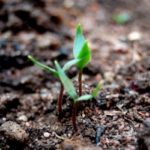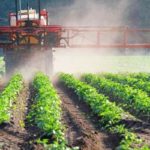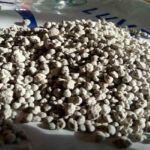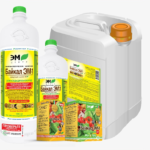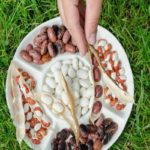Let's talk about triterpene acids that are used for plants. This is an active component that regulates plant growth. The product is used to treat seeds and already mature crops. These valuable organic compounds increase field germination and enhance growth and development processes. This substance also accelerates fruit ripening and increases the yield of most crops.
Triterpene acids: general description
We are looking at plant triterpenes - one of the groups of triterpene acids that are isolated from natural sources. Triterpenoids of natural origin are secreted by various plants - they accumulate this substance in the form of glycosides and esters. Fir oil contains a particularly high concentration of triterpene compounds.
Chemical and physical properties of triterpene acids
Triterpenoids and triterpenes, unlike other terpene compounds, are more common in nature. So, the sources of this valuable chemical are sedimentary rocks, oil, animal tissues and plants.
Triterpenes have less variety of structural species - unlike terpenes. Triterpenes are capable of degrading their own carbon skeleton, forming steroid compounds.
Some plants become sources of triterpenes, which are a biologically active sum of natural compounds. Common sources of these valuable organic compounds:
- various plant herbs;
- sea buckthorn fruits;
- Siberian fir, namely its woody greens.
The biologically active amount of natural compounds contains: betulinic, ursolic and oleanoic acids. Let's consider the physicochemical properties of these components:
- Betulinic acid is a high molecular weight compound with a fairly high density, boiling point and flash point. It does not exert significant vapor pressure at room temperature, has a relatively high refractive index and should be refrigerated at +4°C.
- Ursolic acid - has similar physical properties to betulinic acid (density, molecular weight, vapor pressure), but has differences in boiling and flash points. The melting point of this chemical compound is lower than that of betulinic acid. Ursolic acid is also characterized by the fact that it is insoluble in water.
- Oleanic acid. Unlike heavier acids, oleanic acid has a fairly low density and vapor pressure. It also has a relatively low boiling and melting point. This chemical compound is insoluble in water, but can dissolve in a number of other organic solvents. This substance is stable when stored at 2-8 degrees Celsius, but is incompatible with strong oxidizing agents and aluminum.
Effect of triterpene acids on plants
These natural substances combine several valuable qualities that are used in farming. These organic compounds have the following types of activities: cytotoxic, immunoregulatory, antiviral, antimicrobial and fungicidal.
Applications of triterpene acids
These biologically active substances are widely used in the manufacture of medicines and cosmetics. In this case, triterpenoids can be included in the composition as auxiliary and active ingredients.
In agro-industrial production, with the help of organic compounds obtained from fir, various crops are protected in different growth phases and seeds are processed. This is done in order to increase the survival rate of plants, strengthen their immune system and increase productivity.
Using products containing this substance, the following are processed: grapes, vegetables, legumes, industrial and grain crops. When a drug containing this active substance enters plant crops, it causes activation of the immune system, significantly increasing the plants' resistance to stress.
Toxicological properties and characteristics of triterpene acids
This is a low-hazard active substance. If you follow all recommended standards and regulations for use, the substance will not cause any harm to humans, animals and the environment.
Methods for producing triterpene acids
There are several methods for extracting biologically active triterpenoids that can be used in production and agro-industrial activities. The main source of production is crushed fir greens. Here are three industrial methods for obtaining these valuable organic compounds:
- One method is to extract the substance using an organic extractant. In this method, the target product is isolated by distilling off a mixture of alcohol or acetone and water. Extract with either a 1, 2 or 3 carbon aliphatic alcohol or highly concentrated acetone. The resulting liquid can then be used as an extractant for the next stage.
- Dried fir needles, separated from the shoots, are treated with a saturated aqueous solution of sodium bicarbonate and a two percent aqueous solution of Na hydroxide. The bicarbonate-water and alkaline-water solutions are then separated, after which the liquid is acidified to pH 2 with hydrochloric acid and extracted with diethyl ether.
- Another method is to treat the fir needle extract using an aqueous solution of an alkaline agent. Next, the aqueous-alkaline solution is separated, acidified to pH 2 and extracted using tert-butyl methyl ether. This ester layer will contain triterpene acids. Next, the ether layer is washed using a saturated aqueous NaCl solution, then dried using anhydrous Mg sulfate and evaporated to complete dryness. The output should be solid foam. This will be the final form of the target product.

